From development land, residential land to townhomes whatever you are looking for RPM has the ideal location for you.
From development land, residential land to townhomes whatever you are looking for RPM has the ideal location for you.

Development Land
Specialists in sourcing and selling development land for commercial and residential projects. Explore current and past opportunities.
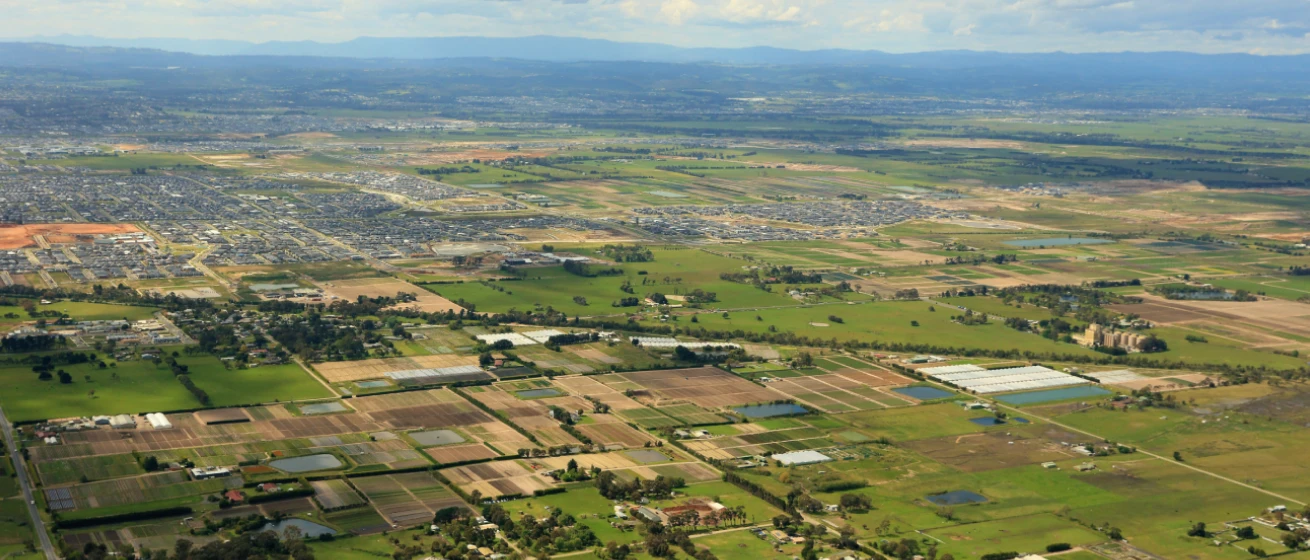
Residential Land
Across Australia’s East coast RPM has the ideal land to suit your lifestyle and dream home, explore the projects RPM is proud to be partners in selling.
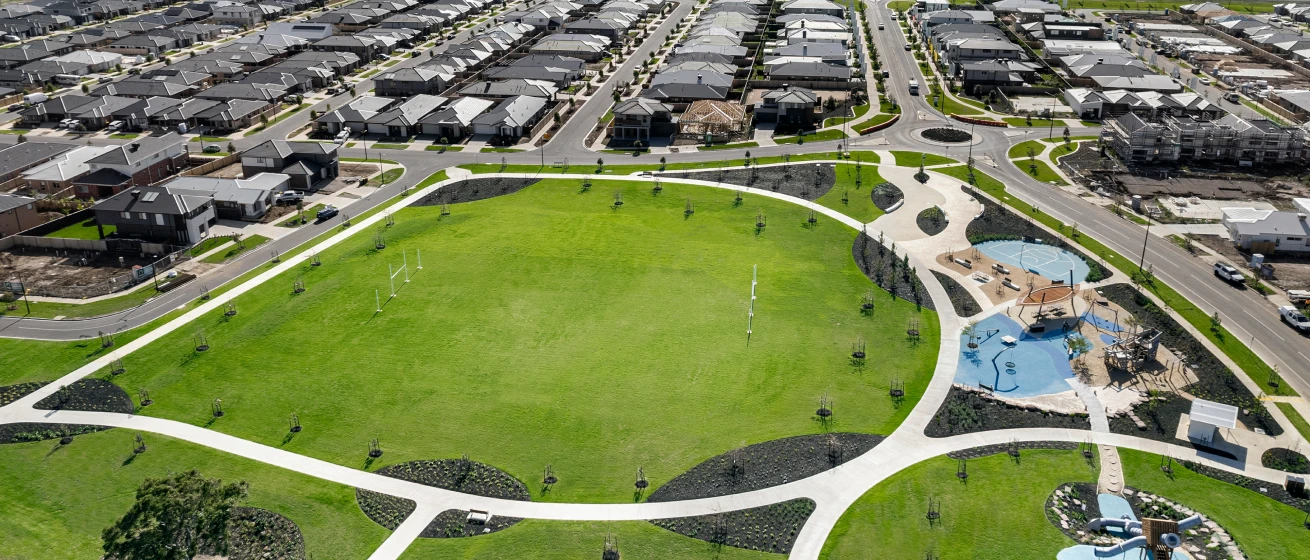
Townhomes
With townhouses to suit every lifestyle and budget, find your perfect home today.
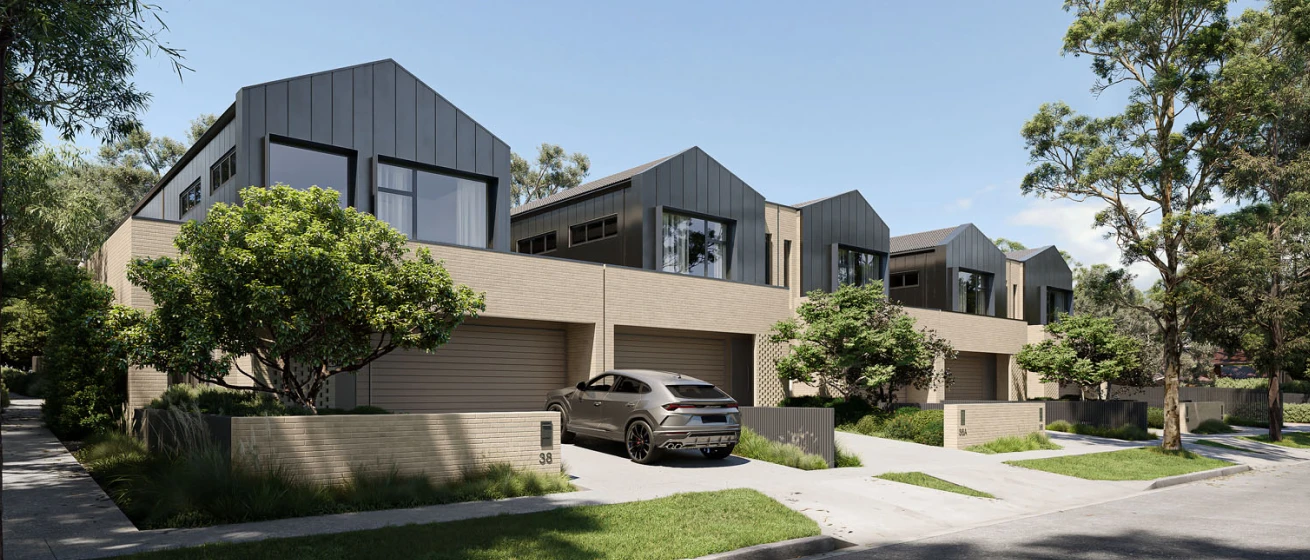
Apartments
Inner city & coastal new apartment projects. Explore our projects to find your perfect location and style of living.

RPM offer a comprehensive suite of professional services at every stage of your property journey.
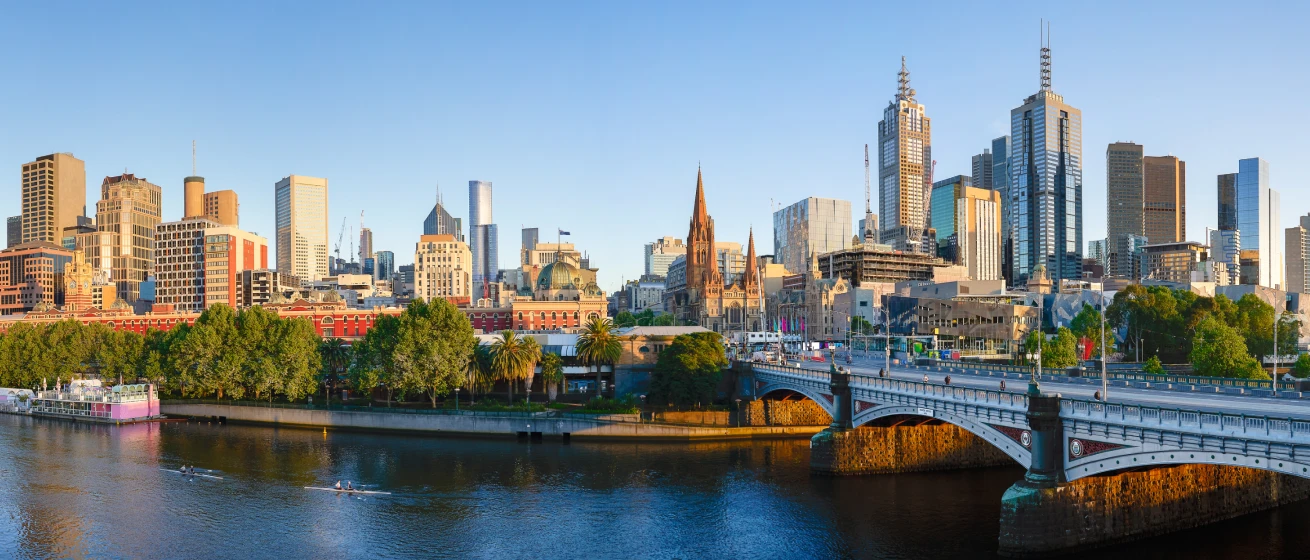
RPM offer a comprehensive suite of professional services at every stage of your property journey.
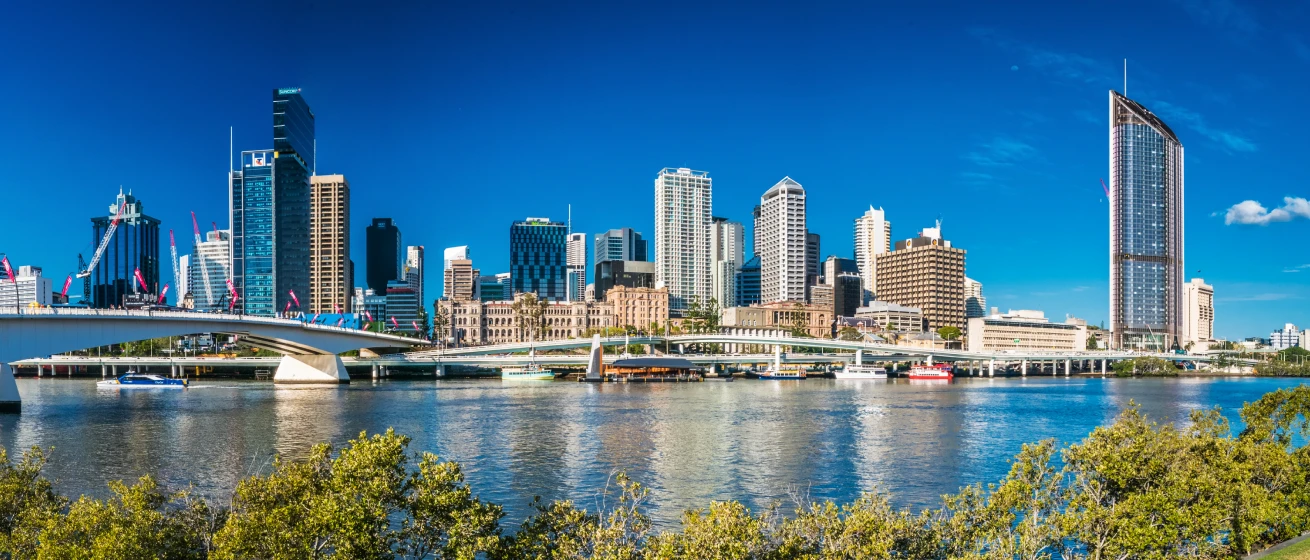
Pioneering new benchmarks in property intelligence, know-how, and data-driven insights, read the RPM Group's story.
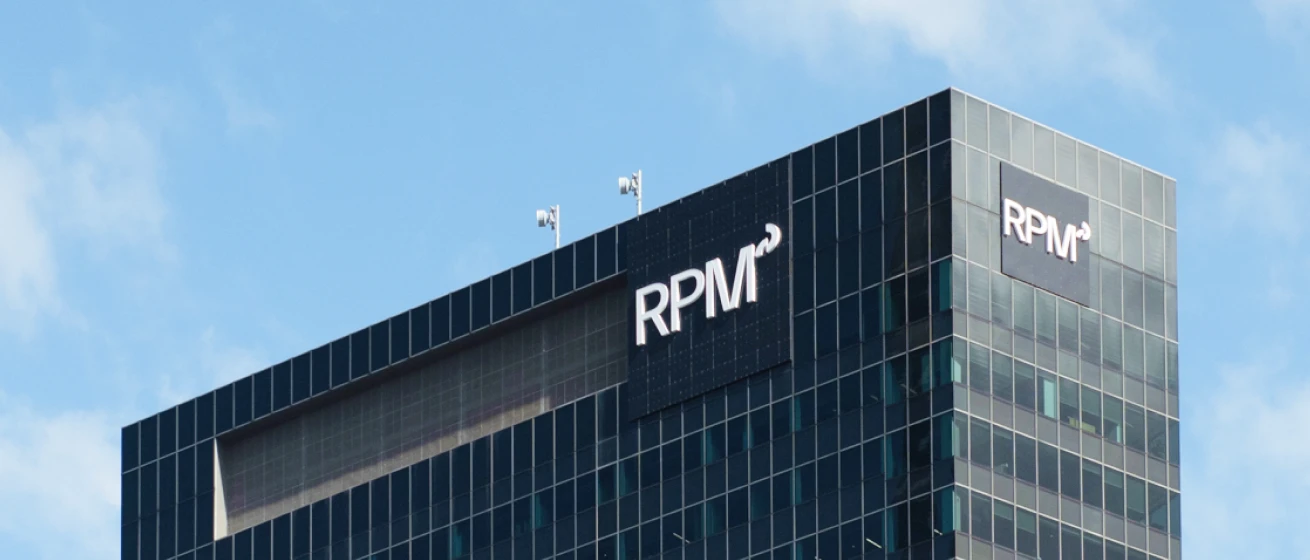
Our Story
Since 1994, RPM has grown to become the industry-leader with an expanding national presence; offering a comprehensive suite of services

Our Team
The heart of our business are the people who make it thrive. Discover the passion and dedication of our national team.

Careers
Our team of property experts is truly unparalleled. See how you can join this exceptional group and shape your future with us.

17.10.2024
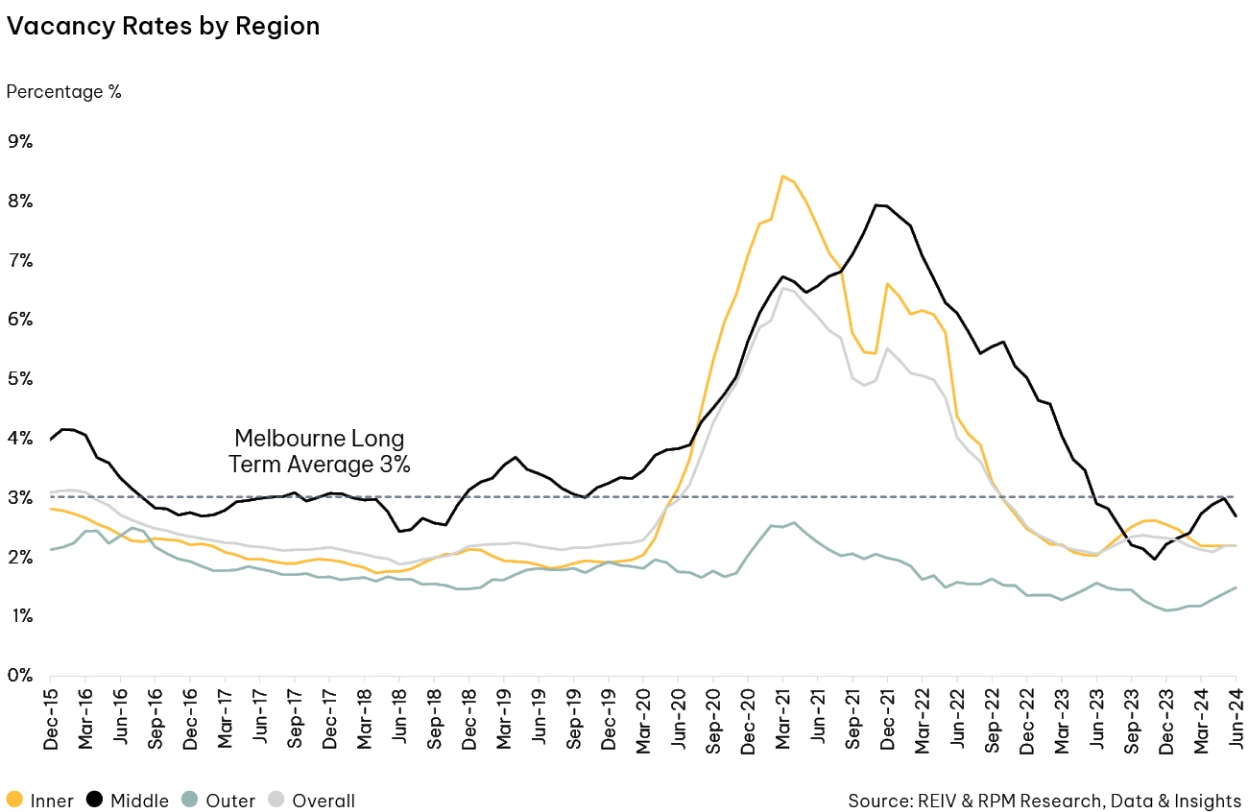
Australia’s economic outlook is uncertain, with monetary policy currently at a crossroads. Regardless of changes to the cash rate, strong demand will continue to place pressure on dwindling supply.
Rental vacancies, while fluctuating in the short term, have generally decreased in certain areas like the inner ring, suggesting limited potential for significant reductions in unit rents.
Melbourne’s dwelling supply pipeline has continued to contract, with townhome and apartment approvals at near-decade lows. This will likely result in low commencement and completion numbers over the medium term.
Structural reforms are progressing slowly, with both potential positives (such as shifting planning decisions away from local governments) and negatives (such as possible increases in levies on infill development).
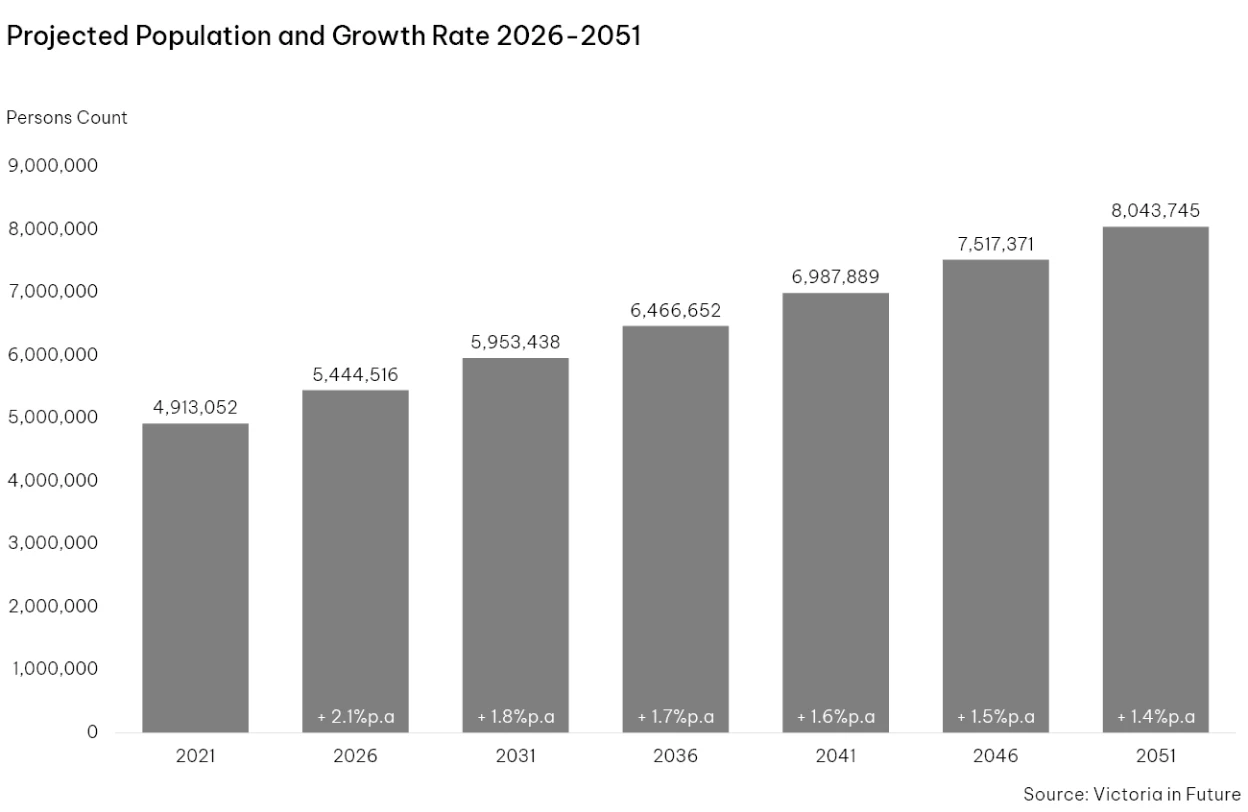
Reducing immigration is the immediate measure to alleviate market pressure. Although this will have future implications, the excessive post-Covid migration has contributed significantly to housing inflation.
The 2024-25 Federal Budget forecasts a decrease in net overseas migration from around 530,000 to approximately 260,000, though the full impact will take time to manifest.
On a positive note, construction cost pressures are expected to ease slightly this year and remain stable from 2025 onwards. The low townhome and apartment construction pipeline and the state government’s infrastructure spending plans may help reduce pressure on construction labour, potentially offering some relief to builders in the medium term.
This article references findings from our September Metro Melbourne Apartments & Townhomes Market Report. Read the full report here.
You can see how this popup was set up in our step-by-step guide: https://wppopupmaker.com/guides/auto-opening-announcement-popups/
